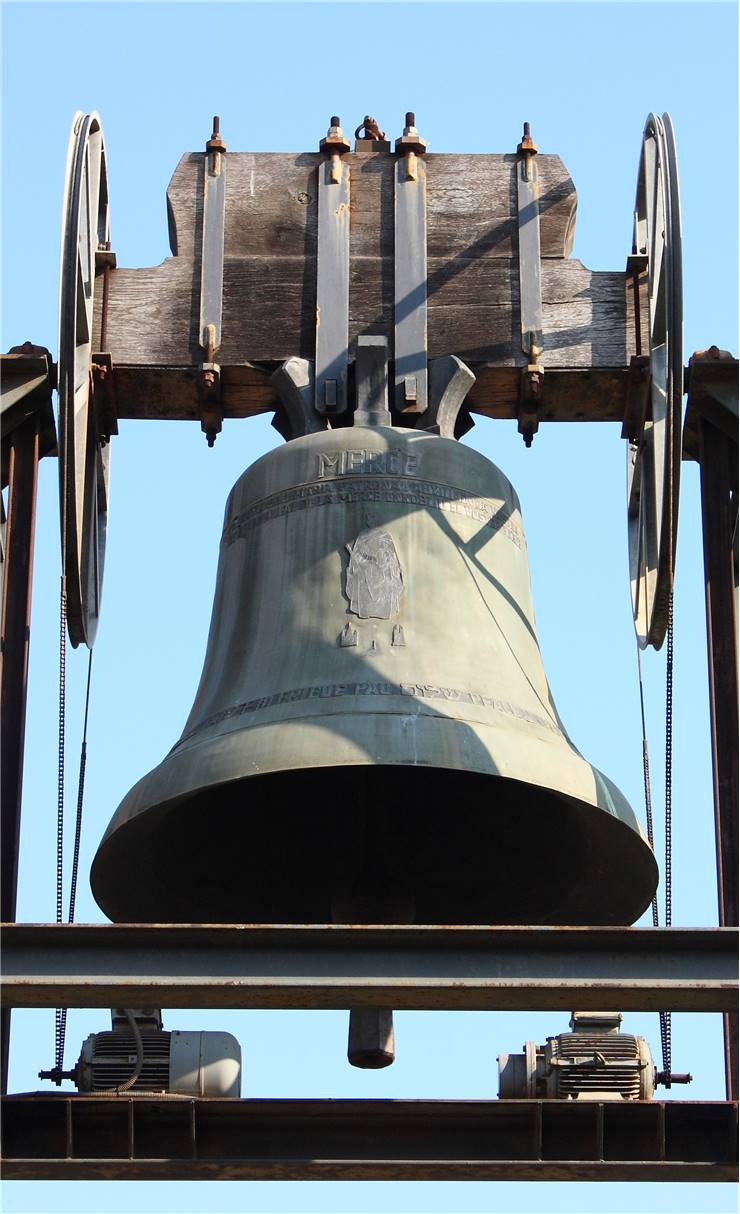How Bell is Made?
Bells are musical instruments and tools of communication that have been in our history since ancient times. Their construction, gathering of materials and fine-tuning at first demanded gathering of large amount of resources and manpower, but as the centuries went on and metallurgy techniques advanced, creations of bells became more commonplace all across the world after they became integral part of many religions and superstitions.
Archeological evidence suggests that first bells were created some 4 thousand years ago in Ancient China, who were there improved and integrated in Bhudhism and Hinduism. After the fall of Roman Empire and the resurgence of Christianity, bells finally arrived in Europe. They were initially introduced by the monastery metalworkers in Italy during 5th century AD, and were from there slowly carried to the remained of the central and western Europe. Portable bells arrived in England with the spread of the Celtic Christianity, where they were infused not only in religion, but also superstition and popular civil ceremonies (most famously tradition of ringing bells at wedding). By then, production of bells was moved from dedicated metal foundries to the church sites themselves, and in some cases, directly inside church walls.

Arrival of Renaissance and Gothic architecture demanded that church and other public bells be created in incredible sizes. For that purposes metalworkers revised manufacturing process that is still in use today.
Bell making process consisted of six distinct steps:
1. After receiving order to create a bell, bell maker first had to create precise plans of the shape and sound of the bell. After estimating weight, size and shape, appropriate amount of metal had to be collected (most popular alloy was bronze, usually with 4:1 ration of copper and tin).
2. Creation of the mold was done by hand, carefully preparing two layers of wood. One to hold outer layer of the bell, and one to form inner layer.
3. To ensure that the wooden mold will hold the molten metal, it had to be reinforced with various materials such as stone, sand, loam, molten wax, fireproof clay, steel and cement. After tightly securing the mold into very large amount of painstakingly collected fireproof materials, mold was prepared for casting.
4. Casting the bell is done with the metal alloy that is heated to the temperature of 1100 degrees Celsius, skimmed to remove impurities and poured into drums, and then carefully transferred into the opening between two pieces of the mold. After mold was filled, hot metal was left to cool for several days (up to week if bell is large).
5. Every bell is created with thicker inner layer so that bellmaker can shave of small pieces of its metal and fine-tune its sound. Tremendous help in this part of bell creation was given by tuning machine that was discovered in 19th century.
6. Finally, bell is equipped with the clapper (manufactured for each bell individually, with precise weight and shape) which is mounted at the top of the bell.
